
- For PC
- For MAC
- For Linux
- OS: Windows 10 (64 bit)
- Processor: Dual-Core 2.2 GHz
- Memory: 4GB
- Video Card: DirectX 11 level video card: AMD Radeon 77XX / NVIDIA GeForce GTX 660. The minimum supported resolution for the game is 720p.
- Network: Broadband Internet connection
- Hard Drive: 22.1 GB (Minimal client)
- OS: Windows 10/11 (64 bit)
- Processor: Intel Core i5 or Ryzen 5 3600 and better
- Memory: 16 GB and more
- Video Card: DirectX 11 level video card or higher and drivers: Nvidia GeForce 1060 and higher, Radeon RX 570 and higher
- Network: Broadband Internet connection
- Hard Drive: 62.2 GB (Full client)
- OS: Mac OS Big Sur 11.0 or newer
- Processor: Core i5, minimum 2.2GHz (Intel Xeon is not supported)
- Memory: 6 GB
- Video Card: Intel Iris Pro 5200 (Mac), or analog from AMD/Nvidia for Mac. Minimum supported resolution for the game is 720p with Metal support.
- Network: Broadband Internet connection
- Hard Drive: 22.1 GB (Minimal client)
- OS: Mac OS Big Sur 11.0 or newer
- Processor: Core i7 (Intel Xeon is not supported)
- Memory: 8 GB
- Video Card: Radeon Vega II or higher with Metal support.
- Network: Broadband Internet connection
- Hard Drive: 62.2 GB (Full client)
- OS: Most modern 64bit Linux distributions
- Processor: Dual-Core 2.4 GHz
- Memory: 4 GB
- Video Card: NVIDIA 660 with latest proprietary drivers (not older than 6 months) / similar AMD with latest proprietary drivers (not older than 6 months; the minimum supported resolution for the game is 720p) with Vulkan support.
- Network: Broadband Internet connection
- Hard Drive: 22.1 GB (Minimal client)
- OS: Ubuntu 20.04 64bit
- Processor: Intel Core i7
- Memory: 16 GB
- Video Card: NVIDIA 1060 with latest proprietary drivers (not older than 6 months) / similar AMD (Radeon RX 570) with latest proprietary drivers (not older than 6 months) with Vulkan support.
- Network: Broadband Internet connection
- Hard Drive: 62.2 GB (Full client)
Before update 1.79 Project X, it was possible to obtain information about the design of your tank’s armor and the location of its parts, assemblies and crew with the help of armor viewing and X-ray. This means the player could find out lots of useful information about the protection of any ground vehicle and its design. However, the information obtained about the armor thickness, angle and effective armor could not be directly compared with a shell’s armor penetration to get a clear result on whether a certain type of shell will pierce a certain type of armor or not.
As in reality, the process of penetrating armor with a shell is more complex than simply comparing the effective armor at the point of contact with the shell’s penetration strength. Shells of various designs and shapes overcome different types of armor obstacles in different ways: for example, sloped armor was a more difficult obstacle than vertical armor for early APCR shells, while for modern finned APCRs with long solid cores, it’s the other way around. For HEAT shells, armor piercing at an angle actually can be calculated based on the armor’s effective thickness, but one must take into account the presence of screens, the dispersion of the shaped-charge jet, and its loss of penetration as it flies through the air (a HEAT shell loses 100 mm of penetration power for every 1 meter of flight in the game). All these subtleties lead to the fact that it was impossible to precisely say whether a target would withstand a shot from a selected shell type. To find out, the situation had to be played out in the game – whether in a user mission or on the proving ground with friends.
The description of the defenses on post-war tanks with complex armor obstacles adds yet more complexity – composite armor, spaced armor or explosive reactive armor. The current implementation showing the defense equivalent and the frontal angle in X-ray mode was not informative enough, since the defense equivalent was shown for a specific type of shell, and when other types of shells were used on the tank, the overall defense could change – just like in reality. When the player compared the defense metrics in X-ray mode with the results of real in-game shots with different shells, it led to confusion and misunderstanding.
In update 1.79 Project X, we’re adding a new option to the ability to view armor thickness and tank design – “Protection Analysis”. This function will let you select the tank, the type of shell used by the vehicle, shot range and in accordance with specified data, check the armour protection of the selected vehicle.
This game function uses all the complex calculation algorithms for armor penetration in the game and provides the same result that the game engine does in battle. Apart from the calculated defense equivalent for the ammunition chosen, the player also learns which modules and crew members might be damaged from such a shot.
To use this function, you must enable armor viewing mode, then a new button will appear. When you press it, you’ll see a menu for choosing the attacking tank, the shell it uses, and the range of fire. In calculating the point and angle of collision, it is assumed that the shell flies from the center of the screen in the direction of the cursor’s projection to the tank model. Select the strike angle and its point with the mouse cursor and you’ll get a result immediately!
After this functionality is implemented, the equivalent defense values for tanks with complex types of armor will be removed from X-ray, although we will leave the data about the type of the special armor and its composition.
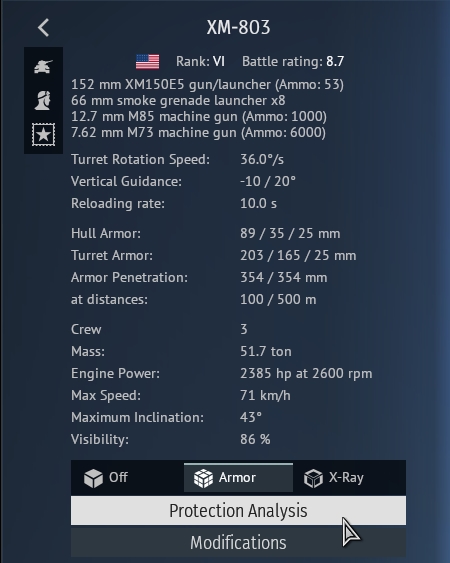
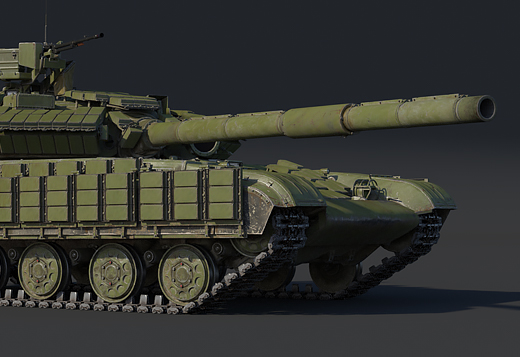
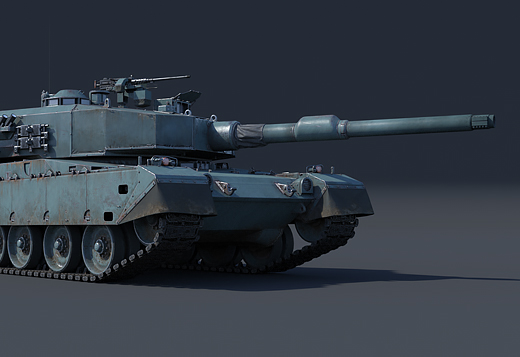
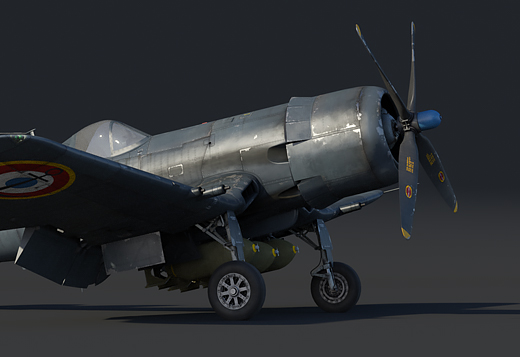
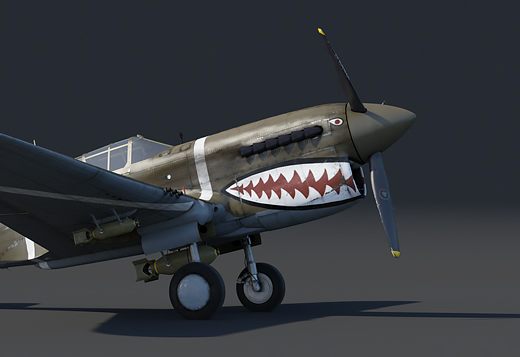

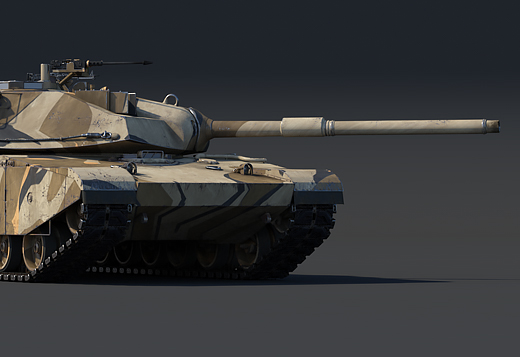

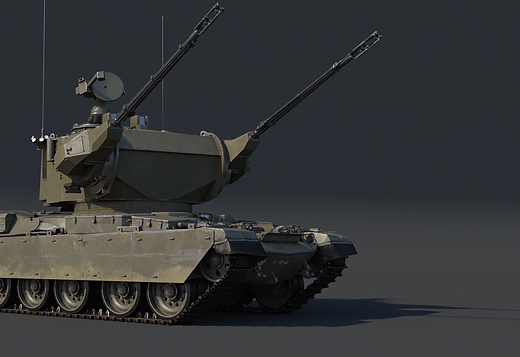
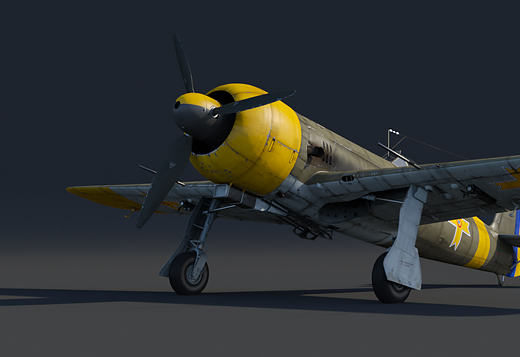
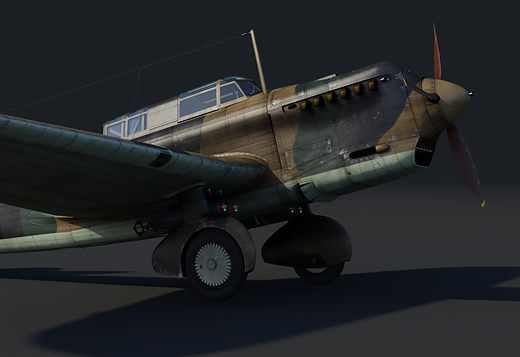
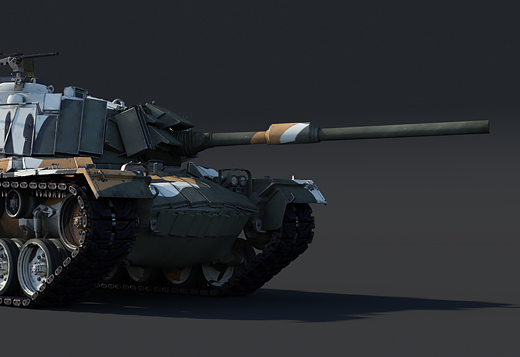
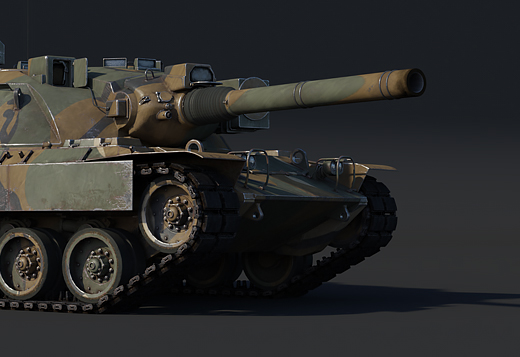
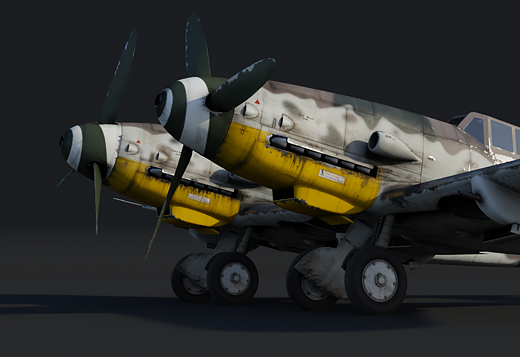
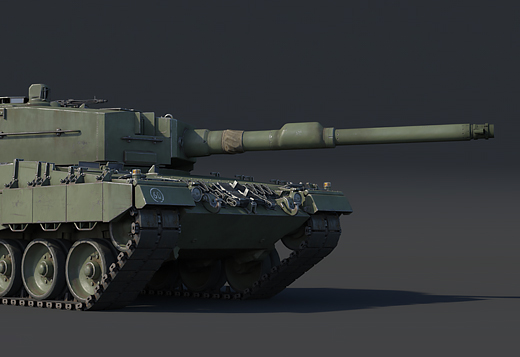
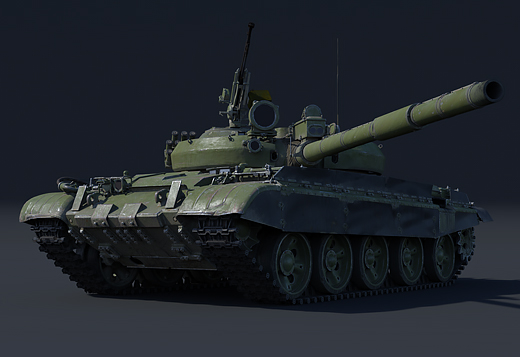
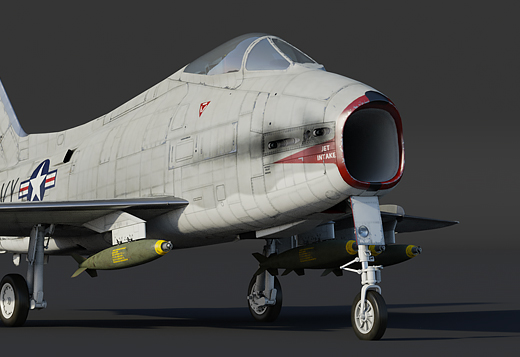
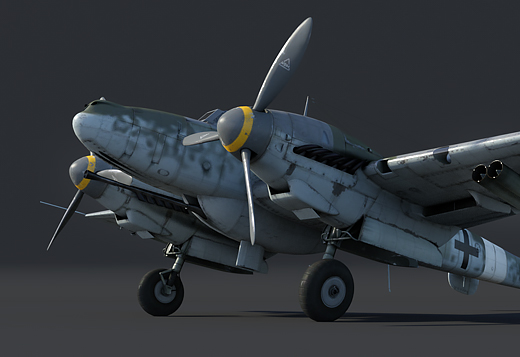
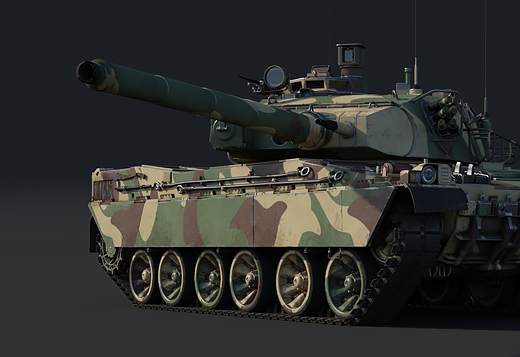
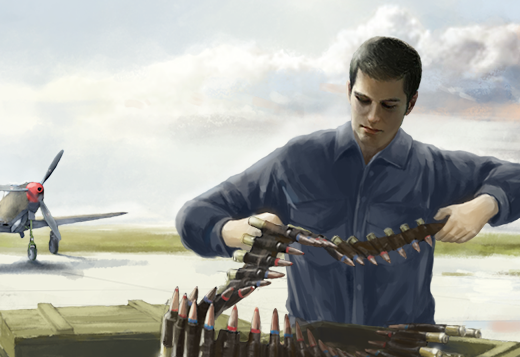
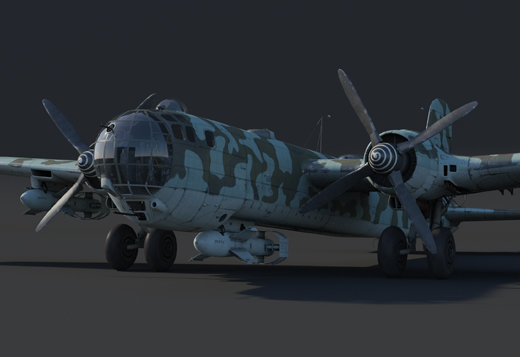




Comments (224)
This is useful, not like that modifaction upgrades.
Complain more.
SaltySkylerr, Add more useless salt
nice tool, but did nobody proof-read? "while for modern finned APCRs with long solid cores" you mean APFSDS, long-rod penetrators... "a HEAT shell loses 100 mm of penetration power for every 1 meter of flight in the game" what? new "feature", that HEAT shells, which rely on chemical energy and dont care if they hit a target at 50m/s or 1000m/s suddely loose penetration over distance? again, nice tool, but you need a new proof-reader!
yay another person who can read haha :P i picked this up too and was like "you gotta be joking, no wonder HEAT's damage calc is of..." no, really it must be a typo and they mean 1mm per meter after the shape charge detonates
you dont get it, if heat shell detonates on something, and there is space inbetween plates, heat stream looses 100mm of penetration with 1m of that space
and its loss of penetration as it flies through the air (a HEAT shell loses 100 mm of penetration power for every 1 meter of flight in the game) You sure about that? :D HEAT effective range: 1-5 meters? :D
yeah i noticed that as well, must be 1mm haha
no wonder heat is useless haha
Never thought I'd see something like this. Awesome work!
This sounds like an amazingly advanced and useful feature! Thumbs up!
All this new stuff coming in 1.79? Jeez Gaijin, you guys have been hard at work! Keep it up!
I love you Gaijin!
That's pretty cool ^_^ Don't forget to add it for IL-2 and ships xD
Nice! Good work! Now fix the damn bugs!!! Please also fix the decal customisation camera to how it used to be! I can't adjust decals slightly, in order to match one on other side, because you messed up the camera with 1.77. Now it flings me and the decal around whenever i try to adjust it.
Have you submitted it as a bug report or just complaining here for the hell of it!? Use the correct channels, you know how this works.
yeah that one happens for me too, i've put in a bug report about that as well as the airstrike gun jam glitch, hope they fix it soon!
Neato
Submit a complaint